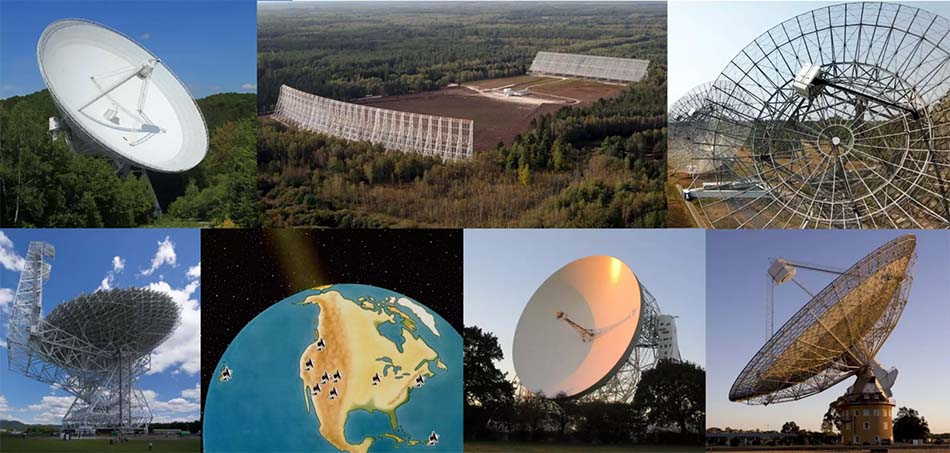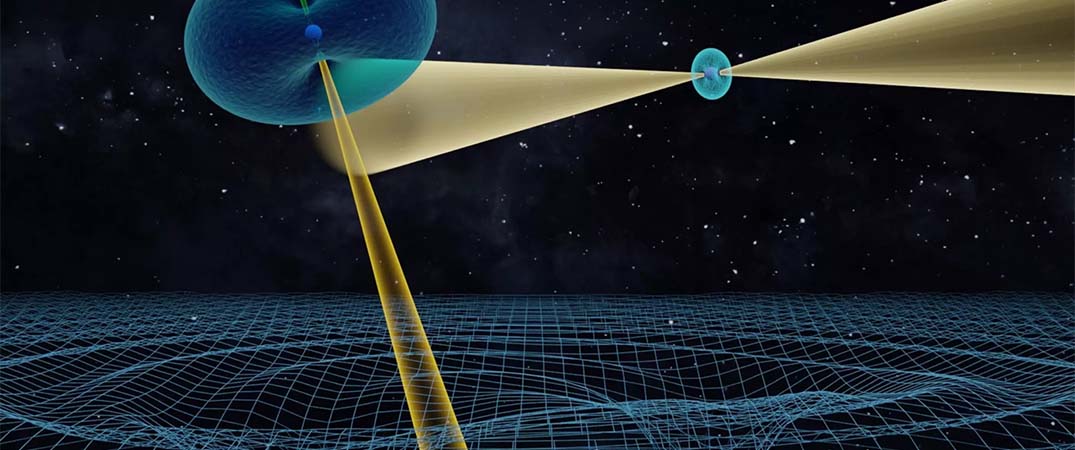A team of researchers from 10 countries, including the South African Radio Astronomy Observatory’s chief scientist Dr Fernando Camilo, has conducted a 16-year-long experiment to challenge Einstein’s theory of General Relativity with some of the most rigorous tests yet.
The study of a unique orbiting pair of extreme city-sized stars made up mostly of neutrons, so-called pulsars, involved seven radio telescopes across the globe and revealed new relativistic effects that have now been observed for the first time.
Einstein’s theory, which was conceived when neither these types of stars nor the techniques used to study them could be imagined, agrees with the observations at a level of at least 99.99%.
The results are published in the journal Physical Review X.
“These wonderful results show the value of patient long-term studies carried out with world-leading research facilities,” says Camilo. “Much remains to be learned about this remarkable natural laboratory, to which South Africa’s MeerKAT is now contributing with its observations of unsurpassed quality”.

The seven radio telescopes used for observations of the double pulsar PSR J0737-3039. Clockwise from upper left: Effelsberg Radio Telescope (Germany), Nançay Radio Telescope (NRT, France), Westerbork Synthesis Radio Telescope (WSRT, The Netherlands), Parkes Radio Telescope (Australia), Jodrell Bank Telescope (UK), Very Long Baseline Array (VLBA, US), Green Bank Telescope (GBT, US).
Copyright: Norbert Junkes/MPIfR (Effelsberg), Letourneur and Nançay Observatory (NRT), ASTRON (WSRT), ATNF/CSIRO (Parkes), Anthony Holloway (Jodrell Bank), NRAO/AUI/NSF (VLBA), NSF/AUI/Green Bank Observatory (GBT).
Featured picture: Artistic impression of the Double Pulsar system, where two active pulsars orbit each other in just 147 minutes. The orbital motion of these extremely dense neutrons star causes a number of relativistic effects, including the creation of ripples in spacetime known as gravitational waves. The gravitational waves carry away energy from the systems which shrinks by about 7mm per day as a result. The corresponding measurement agrees with the prediction of general relativity within 0,013%.
Copyright: Michael Kramer/MPIfR

